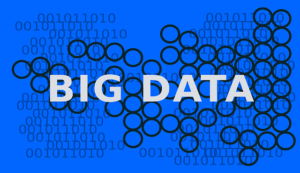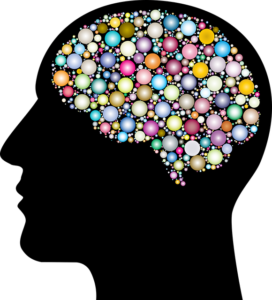 To understand how complementary these two systems are, it is necessary to return to the definition of AI. In a broad sense, artificial intelligence refers to all technologies capable of reproducing the analytical capabilities of a human being. To do this, the machine must integrate a large quantity of data to learn, correct itself, and internalize the suitable algorithmic models adapted to the situations it encounters.
To understand how complementary these two systems are, it is necessary to return to the definition of AI. In a broad sense, artificial intelligence refers to all technologies capable of reproducing the analytical capabilities of a human being. To do this, the machine must integrate a large quantity of data to learn, correct itself, and internalize the suitable algorithmic models adapted to the situations it encounters.
This learning process is called Machine Learning. Big data exerts a capital influence: the more the machine ingests a large number of cross-referenced data, the more it will be able to perfect its knowledge and deductions and, therefore, mimic the mental processes involved in human intelligence. Because of this, Big Data and AI will unavoidably collaborate in the modern world: we even speak of ” Big Data Intelligence.”
Types of Big Data
Every day, users produce 2.5 quintillion bytes of data. According to Statista’s predictions, by the end of 2021, the internet will generate 74 Zettabytes( 74 trillion GBs) of data. Managing such vacuous and perennial outsourcing of data is increasingly difficult. So, to manage such massive, complex data, Big data was introduced. It is related to the extraction of large and complex data into meaningful data that can’t be extracted or analyzed by traditional methods.
Applications Data is data created, read, updated, deleted, or processed by applications. This data could be generated via web apps, Android apps, iOS apps, or any application whatsoever. Due to the diversity of the kinds of data being used, determining the storage approach could be more nuanced.
Structured Data
- The data that is contained in a fixed field within a record1 is a rough definition of structured data.
- It is a type of data most familiar to our everyday lives. forex, birthday, address
- A particular schema binds it, so every piece of data has an identical set of properties. Relational data is another name for structured data. By generating a single record to represent an entity, it is divided into several tables to improve the data’s integrity. Table constraints are used to enforce relationships. An organization’s ability to effectively use its current systems and processes for analysis is what determines the business value of structured data.
Semi-Structured Data
 No strict schema governs the handling or storing of semi-structured data. It needs to be in relational format and neatly organized into rows and columns like a spreadsheet. However, some features, like key-value pairs, help distinguish the different entities from each other.
No strict schema governs the handling or storing of semi-structured data. It needs to be in relational format and neatly organized into rows and columns like a spreadsheet. However, some features, like key-value pairs, help distinguish the different entities from each other.- Since semi-structured data doesn’t need a structured query language, it is commonly called NoSQL data.
- A data serialization language is used to exchange semi-structured data across systems that may even have varied underlying infrastructure.
- Semi-structured content can also include files containing computer program machine instructions. Typically, it is used to store metadata about business processes.
- Usually, external sources like social media sites or other web-based data feeds provide this kind of information.
Unstructured Data
- Data without a specific schema or set of rules is referred to as unstructured data. It is arranged haphazardly and without planning. Text documents, log files, images, and videos are all examples of unstructured data. Even though the metadata accompanying an image or a video may be semi-structured, the actual data being dealt with is unstructured.
- Additionally, Unstructured data is also known as “dark data” because it cannot be analyzed without the proper software tools.
